Wu
Song Gu Taiwan Wetland Forest Park with a total area of 53.46 hectares is
located in the eastern part of Baoshan District, with a backside of mountains
and rivers, the Yangtze River and Huangpu River in the east, the Battery Hill
in the west, the Tanghou Branch Road in the south, and the Baoyang Road in the
north. The coastline along the river is 1974.13 meters long. The southwest
corner of Wu Songkou is the famous Wu Songkou. During the Qing Dynasty, a naval
artillery platform was built on this terrain, so it was named Gun Taiwan. The
design of the park highlights the concept of ecological restoration and
cultural reconstruction. It not only enables the original beach wetland to be
effectively protected in the design, but also creates a fascinating wetland
landscape of 11 hectares by utilizing the combination of large and small
ecological islands along the river coast and the change of water level during
the ebb and flow of tides.
Introduction to Parks
Guntai Taiwan has always been an important coastal fortress. In the early 1960s, due to the need of war readiness, steel slag was backfilled to form Guntai Mountain, and a large area of steel slag was formed along the river. Utilizing the original Yangtze River beach wetland and adhering to the concept of "environmental renewal, ecological restoration and cultural reconstruction", Wu Songgun Taiwan Wetland Forest Park was built on the steel slag pile. It is a new mode of harmonious development between human and nature, economic construction and ecological protection. It has won the "China Habitat Environment Model Award". The Park covers about 60 hectares of land, 50 hectares of beach wetland and 2 kilometers of coastline. It is divided into five areas: forest leisure and sightseeing area, valley ecological corridor area, desert landscape area and waterfront wetland landscape area. It has Yangtze River Estuary Science and Technology Museum, shell theatre, mine garden, cruise ship wharf, sports club and other places. It is a collection of popular science education, leisure and entertainment, sightseeing and tourism. It is a large park with functions of integration, wild interest and humanities.
Wu Songgun Taiwan Wetland Forest Park has nearly 2 hectares of lawn activity area. It is suitable for kite flying, picnic and other outdoor activities with the background of the lush Battery Hill. Carnival Park is an outdoor playground suitable for children over 3 years old and young people. Jingxinya Garden forms a quiet recreational space in the riverside area by surrounding dense plants. Wu Songkou Gun's recreational projects in Taiwan Wetland Forest Park: projects suitable for children include slide, swing, sand pit climbing, etc; projects suitable for teenagers include climbing device about 6 meters high braided with Everest-net rope; popular projects include kite flying and picnic.
Wooden trestle road, military cultural square, sports stadium and other landscapes and main roads in the park have been completed. Thousands of trees have been planted and survived, forming two distinctive landscapes of forest and wetland. At the same time, the park has become a demonstration base of patriotism education, with the functions of popular science education, leisure and entertainment, tourism in one, forming a beautiful landscape of Shanghai Water Portal.
Consumption guide
Special dishes: Babao chili sauce, white chopped chicken, Nanxiang small steamed bun, red barbecue bran, walnut meat roll, three-filament stewed fish roll, five-flavor stew
Chicken Leg, Sesame Rib, Crystal Shrimp
Snacks: crab shell yellow, jujube mud crisp cake, fried steamed bread, steamed cold noodles, Yangchun noodles, rolled sand balls, lard Baiguo pine cake, fried rib rice cake, fresh meat cat ears, grains snails, Takahashi Muffin
Local specialties: peach, Jinjing sufu, Fengjing Dingshoe, velvet embroidery, silk, Jiading yellow grass knitting, Jiading bamboo carving, melon pear paste sugar, butter spiced beans, canned anchovies, Pudong chicken, Songjiang perch, Chongming daffodil
Practical information
Best travel time: spring, summer and autumn are all good.
Main Landscape Tickets: 10 yuan (8% discount for team tickets for more than 10 people; 5% discount for students; 4% discount for group tickets for students) = 10 people (4 yuan). Electric boat: 4 people rowing 60 yuan / hour electric 100 yuan / hour.
Traffic information
Traffic Guidelines: Bus 719, Baoshan 7 (original Songtai Line), Baoshan 11 and Baoshan 23 are accessible; Take Bus 51, 90, 711, 952 and Songyang Lines to get off at Shuangcheng Road Station and turn right along Shuangcheng Road to Tanghou Road (about 10 minutes walk).
Rail Interchange Route: Take Line 3 to get off the aquatic road station, and transfer to Baoshan No. 11 to the park entrance (Tanghou Road) in about 10 minutes.
Self-driving: Under the ramp of Yixian Road Elevated Fisheries Road, Tongji Road goes straight to Shuangcheng Road and turns right at Tanghou Road.
Pictures From:
http://bbs.fengniao.com/forum/10426990.html
http://bbs.fengniao.com/forum/10547651.html
http://bbs.fengniao.com/forum/10426986.html

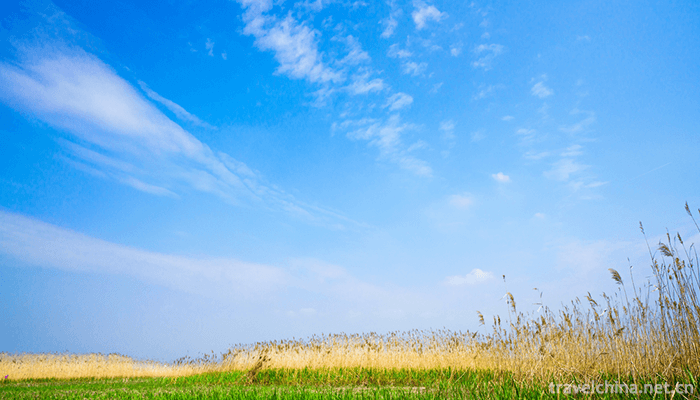
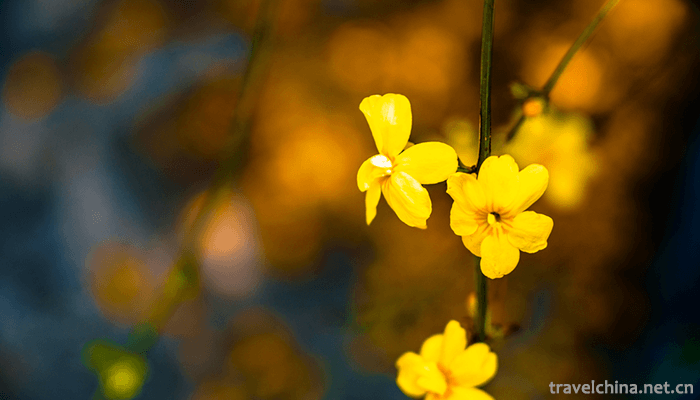
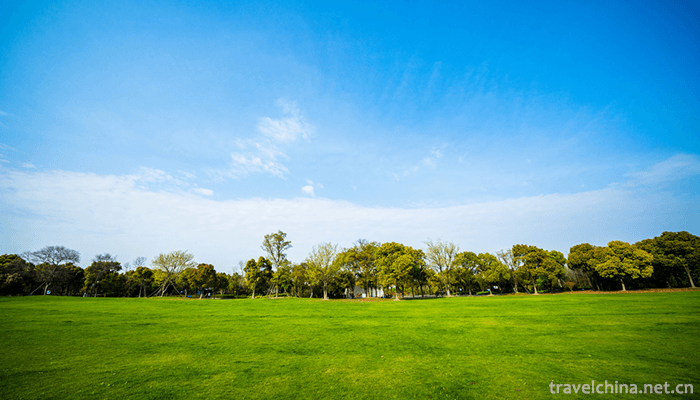

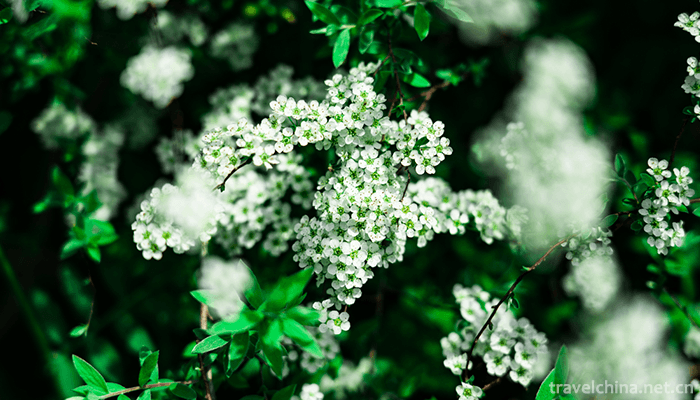

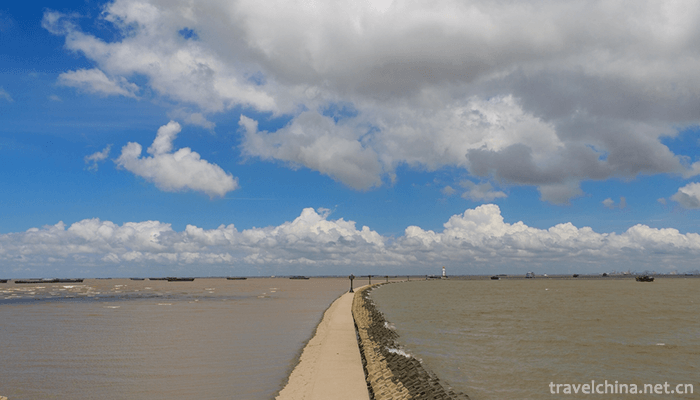
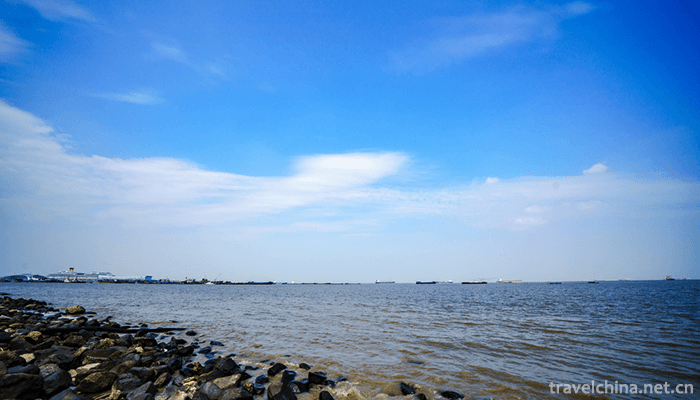
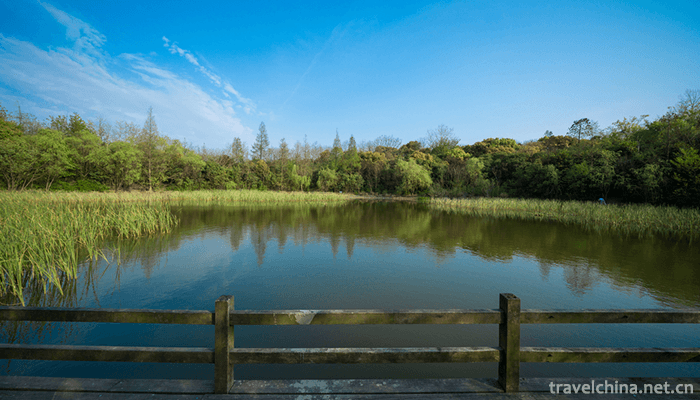

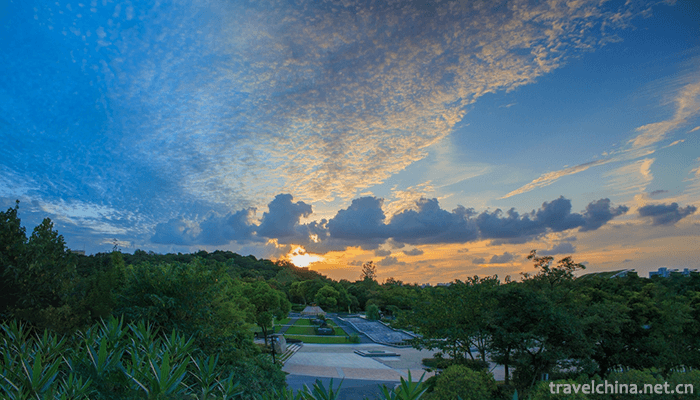
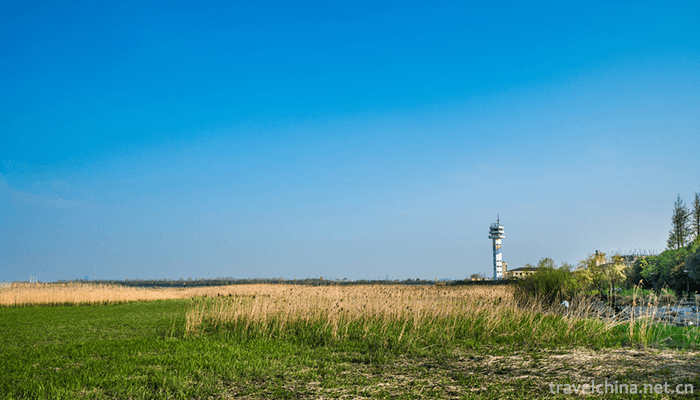

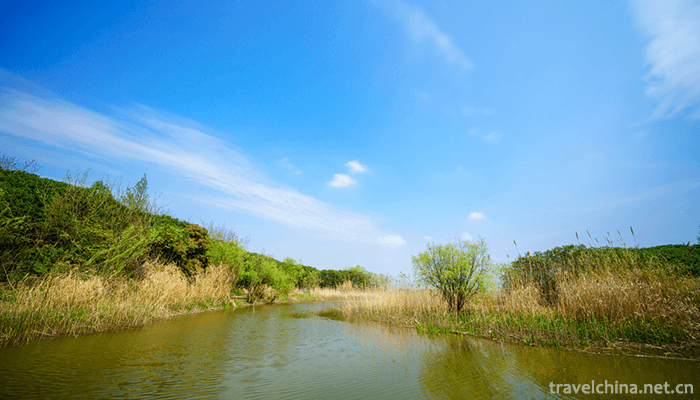
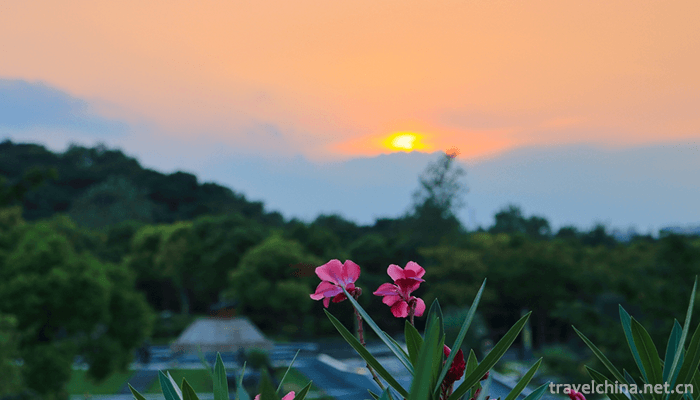




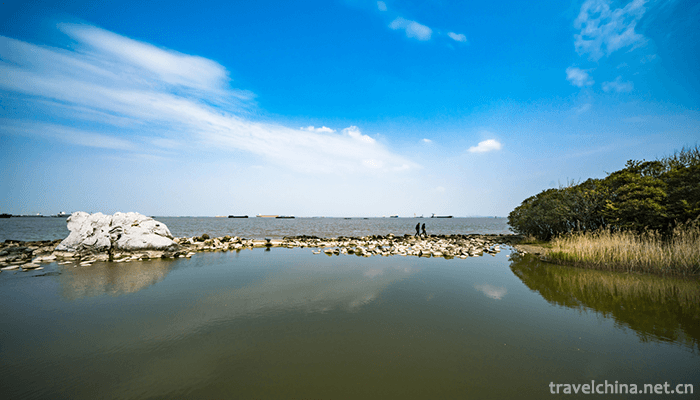
0 Questions
Ask a Question
Your email address will not be published.